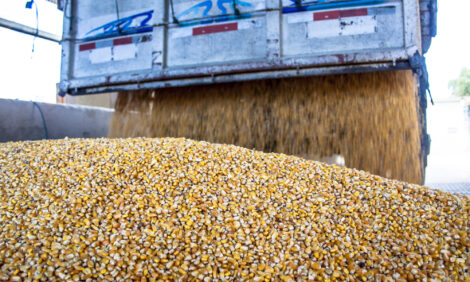



Japan's pork production expected to hold firm in 2025 - USDA FAS
Inflation influences choices, but pork still on the menuJapan’s pork production is expected to hold firm in 2025, even as inflation reshapes consumer choices and logistical hurdles disrupt supply chains, according to a recent market report from the US Department of Agriculture's Foreign Agricultural Service (USDA FAS).
Farmers are maintaining herd sizes, opting for quality over quantity. Although the sow population dipped slightly in 2024, a stable pace of slaughter and consistent carcass weight have kept production resilient.
Despite higher feed prices lingering well above 2020 levels, carcass prices have stayed elevated, giving producers a lifeline. There were no major disease outbreaks in 2024, allowing operations to continue smoothly.
Imports ease as inventories swell
Imports of pork are projected to fall slightly in 2025. This dip follows a buildup of ending stocks in 2024 and persistent pressure on Japan’s cold storage and transportation networks. With limited warehouse space and a truck driver shortage, importers are playing it safe.
Retailers and traders have pivoted toward more cost-effective frozen pork, largely from Brazil, which surged by 124% year-on-year. In contrast, imports of chilled and processed pork products dropped, reflecting both inflationary caution and shifting consumer preferences.
Pork holds ground on the plate
Inflation-weary shoppers in Japan are sticking with pork. Per capita retail sales held steady at 7.6 kilograms in both 2023 and 2024, even as prices nudged up. Consumers have gravitated toward more affordable cuts without reducing overall volume.
In restaurants, particularly Chinese establishments, pork remains a hot ticket. Sales climbed 11% in 2024, outpacing the sector’s average growth. Meanwhile, consumer spending on premium proteins like beef continued to lag, reinforcing pork’s role as Japan’s everyday staple.
As 2025 unfolds, pork stands firm in Japan’s changing foodscape—an accessible, versatile, and reliable source of protein for households and businesses alike.







